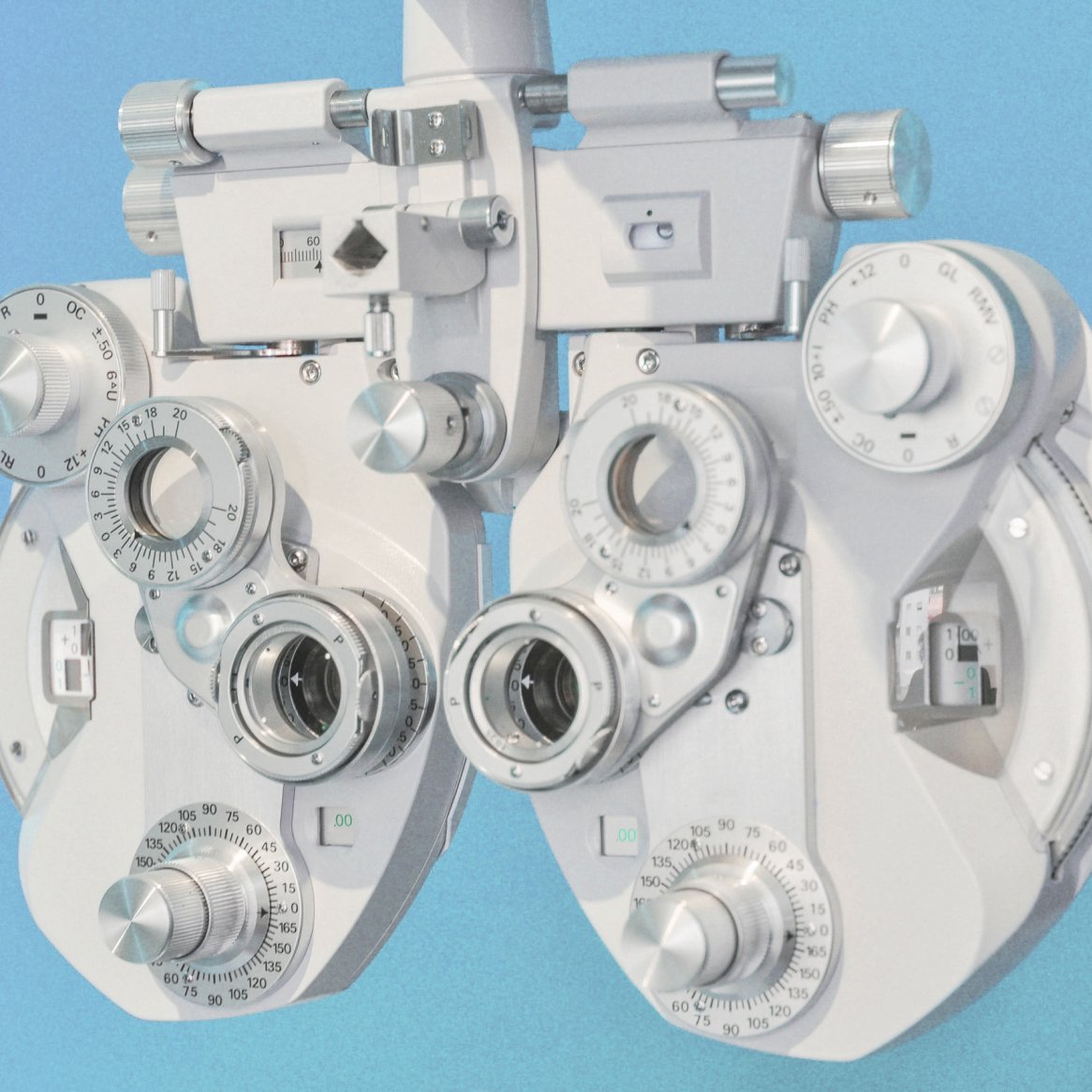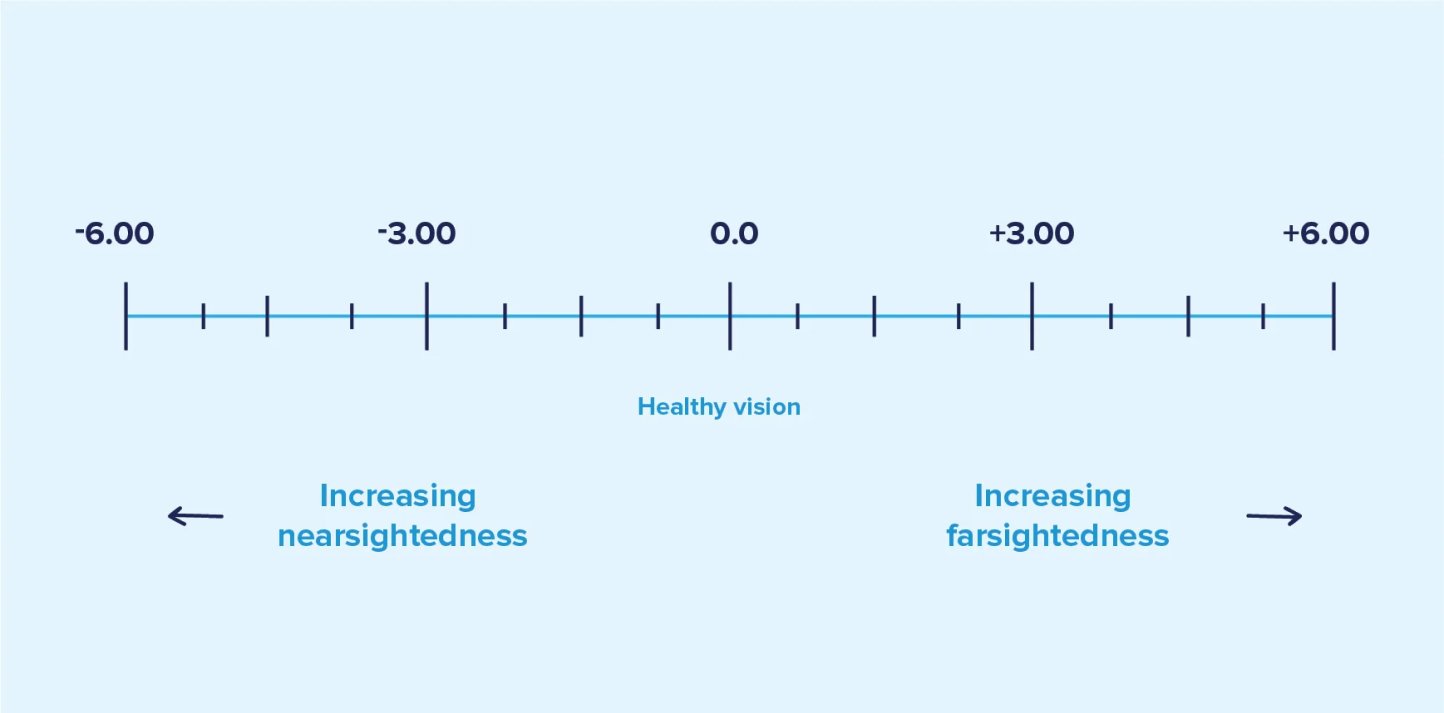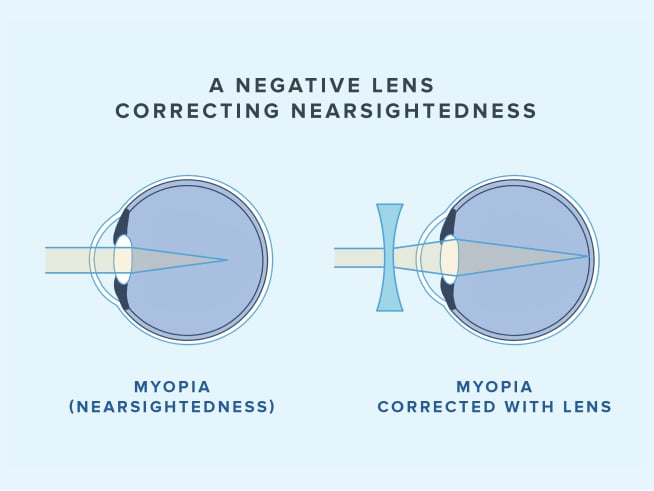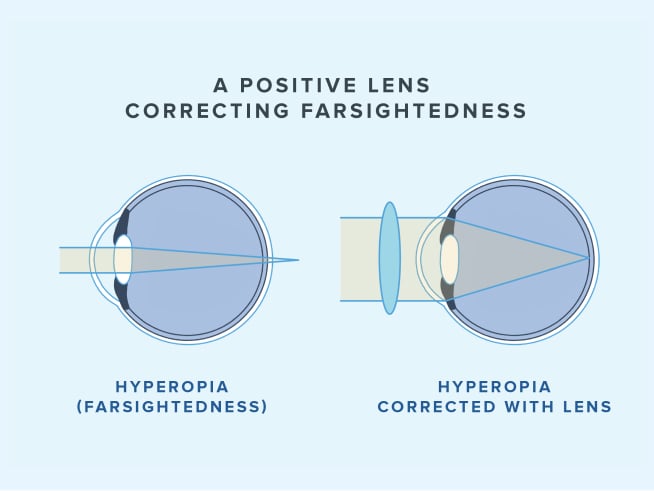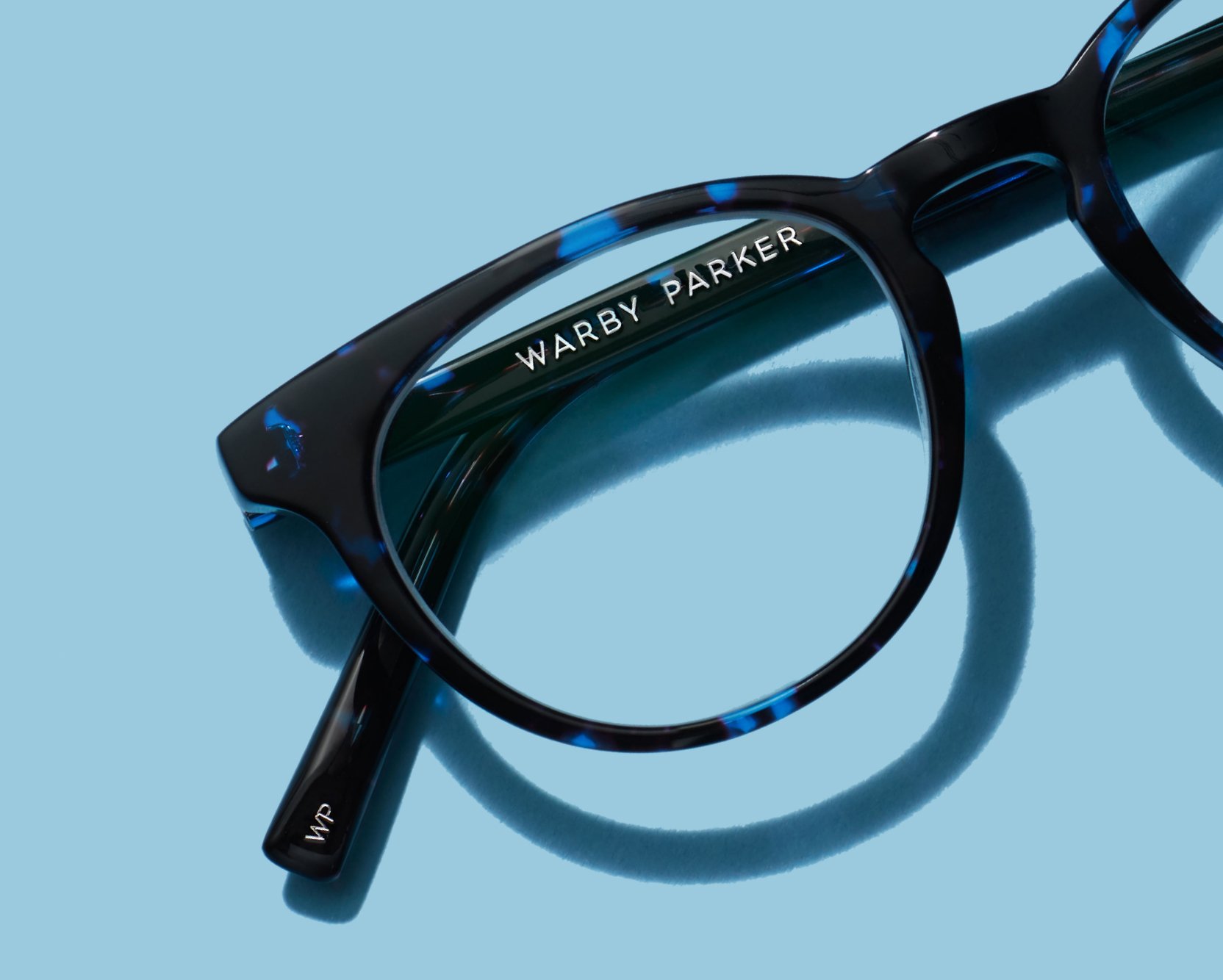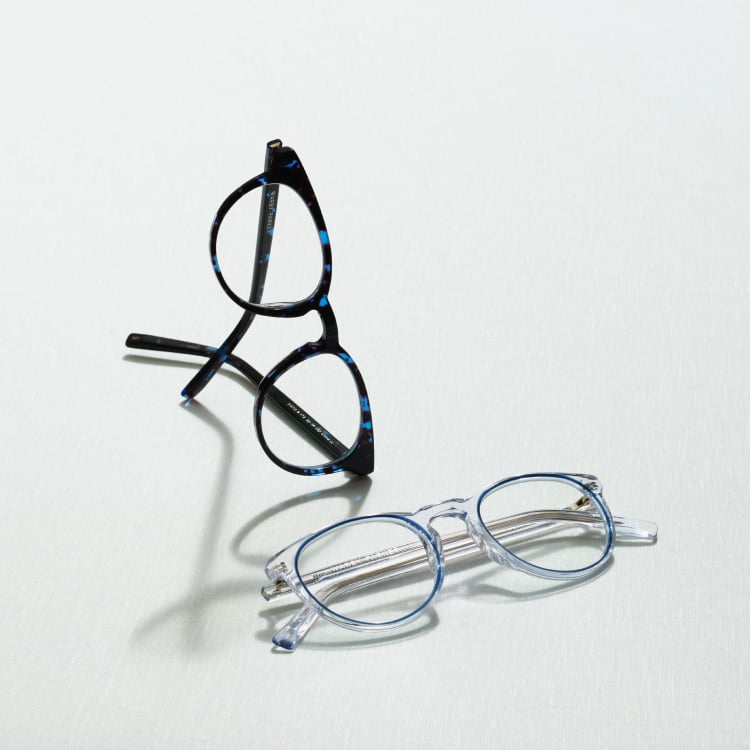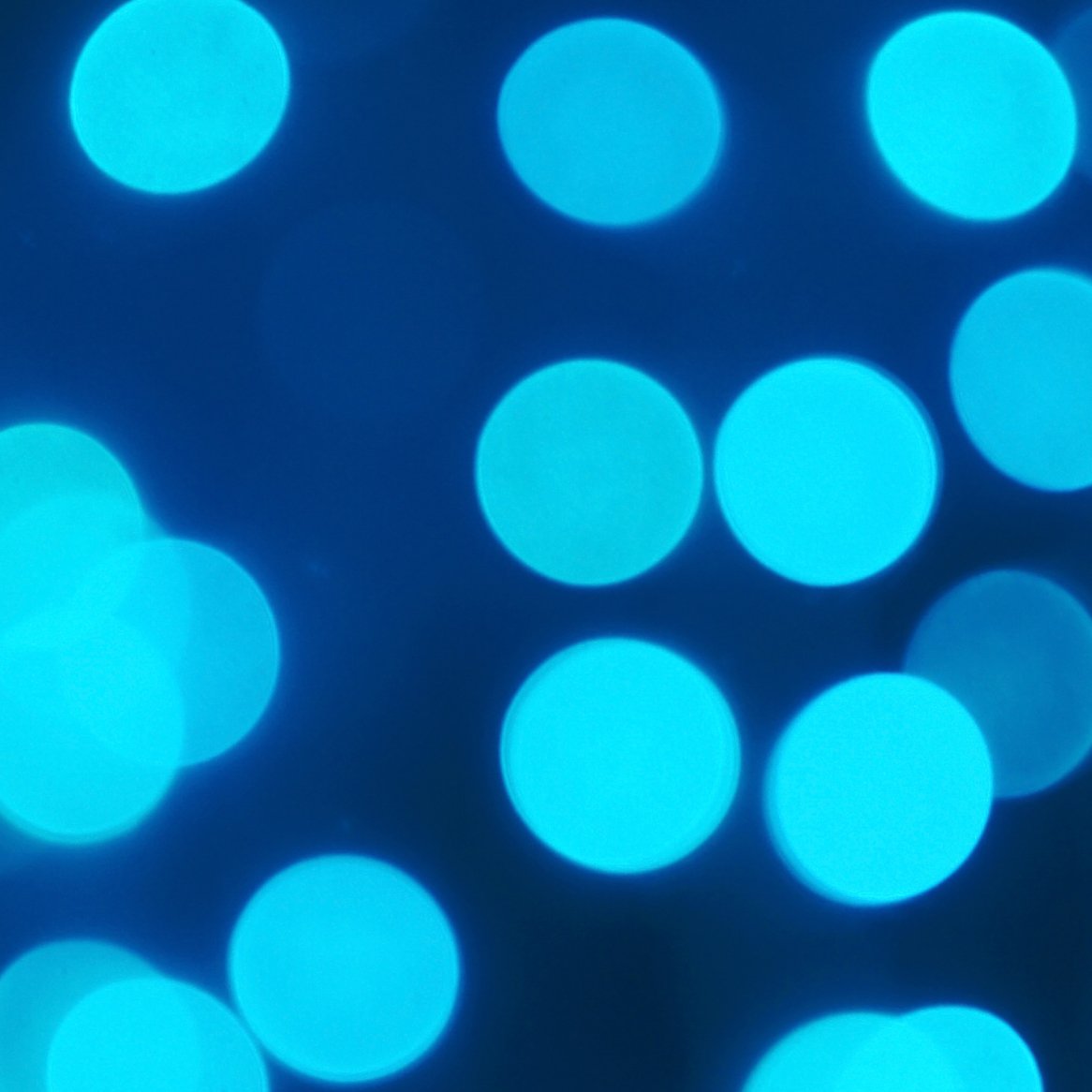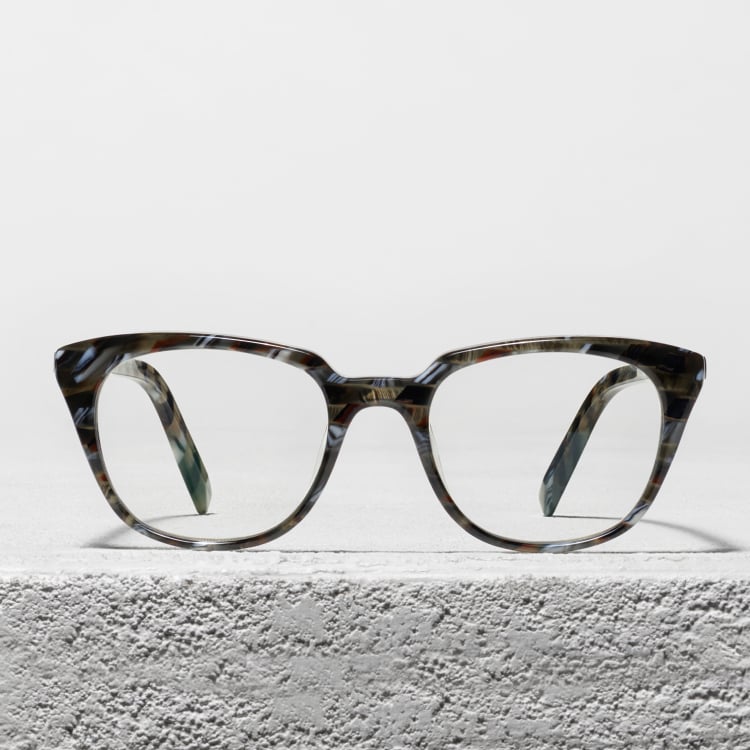A diopter is the unit of measurement used for an eye prescription. The focusing strength of your glasses or contacts is measured in diopters. In other words, diopters measure how powerful your prescription is.
A higher prescription will have larger numbers, whereas a milder prescription will have smaller numbers.
With us so far? Great! If you’re interested in taking a more in-depth look at exactly what a diopter measures, then make yourself comfortable and read on.
A More Thorough Definition of “Diopter”
A diopter is a unit of measurement that represents the optical strength of a lens. The optical power is the reciprocal, or inverse, of the focal length.
We understand that we might be using some new or confusing terms here—so let’s break it down.
Focal Length Explained
First, let’s talk about focal length. Focal length is the inverse of a lens’s power.
The distance between the center of a lens and where the object comes into focus is the focal length of the lens. This distance is measured in meters. For example, a lens with 1 diopter strength will bring an object into focus at 1 meter.
As we said in our definition, the diopter strength (power of the lens) is the reciprocal of the focal length. That means a lens with a focal length of 1/2 meter will have a diopter strength of 2. A focal length of 1/3 meter will have a strength of 3 diopters.
So, a shorter focal length means a stronger focusing power for the lens.
Diopter Strength Explained
When light enters the eye of someone with 20/20 vision, the light rays focus on a single point on the retina. This person doesn’t need corrective lenses, so their lens strength would be 0 diopters.
Myopia (Nearsightedness)
When light enters the eye of someone with myopia, or nearsightedness, the light focuses on a point in front of the retina.
A nearsighted person’s eyes have greater focusing strength (more diopters) than the eyes of someone with standard vision—their corrective lenses will need to take away some of that extra power, increasing the focal length so that the light hits the retina.
Nearsighted lenses will be concave and have a negative number for their lens strength (negative because it’s taking away diopters).
See our illustration below showing how a negative lens (sometimes called a “minus lens”) increases focal length for someone with myopia using negative diopters.
Hyperopia (Farsightedness)
For someone with hyperopia, or farsightedness, light passing through the eye focuses on a point that’s behind the retina.
Farsighted eyes have less focusing strength (fewer diopters) than “normal” eyes. Corrective eyewear will need to add extra power to decrease focal length so that light hits the retina properly.
Lenses for farsightedness are convex, and these prescriptions will have a positive number for their lens strength (positive because it’s adding diopters).
Here’s an illustration showing how a positive lens decreases focal length for someone with hyperopia using positive diopters.
Presbyopia
Presbyopia is commonly known as age-related farsightedness—it occurs naturally as we age. It’s what’s typically responsible for folks needing reading glasses (or progressives) around age 40 or so. Just like with hyperopia, light focuses on a point behind the retina, making it hard to focus on close-up objects.
Our eyes need more magnification power for close-up work, like reading. The diopters for reading glasses will be a positive number in the Add column on a prescription—“add” because extra lens power needs to be added to your regular distance prescription.
You can get a feel for what reading glasses strength is best for you by using a strength chart (aka diopter chart), but it’s always best to have your eye doctor confirm with an exam. You might need different magnification powers for each eye, or you could need a more customized prescription that over-the-counter readers simply can’t accommodate.
Diopter Strength Is What Defines Your Lens Power
Whether you wear contacts or glasses, the diopters on your prescription are the defining measurement of your lenses’ focusing power. Only your eye doctor has the expertise needed to find just the right lens strength(s) to suit your eyes. So, be sure to keep up with regular eye exams to keep those diopters on your prescription accurate and your vision clear.

